Everything you need to know about Point of Sale systems in 2025
You outgrow a cash drawer and receipt printer the moment customers expect faster checkout, flexible payments, and real‑time stock accuracy.
A modern Point of Sale (PoS) system ties together payments, inventory, customers, and staff in one hub, so you stop losing margin to mismatched data and slow processes. In 2025, the winners are the systems that simplify - not the ones with the longest feature list.
You’re here to make a decision that holds up under pressure: holiday queues, store‑to‑door fulfillment, curbside pickup at 5 p.m., and a refund two weeks later. Choose a PoS that reduces friction today and won’t force a replatform a year from now - challenge vendor claims with precision.
What a Modern PoS Really Includes in 2025
A PoS is no longer a single terminal. It’s a stack: a payment application, a hardware layer, and a back office that syncs inventory, pricing, tax, and customer profiles across every channel.
Your job is to pick a stack that fits your business model without locking you out of future options. A great system adapts to both pop‑ups and multi‑location setups without rebuilding everything.
Unified Checkout Across Devices
Your frontline should accept tap, chip, QR, and wallets on fixed terminals, handhelds, and even staff phones via tap‑to‑pay apps.
The practical test: can a staffer ring up a line‑busting sale on the floor and print or text the receipt without walking back to the counter? If not, you’ll bottleneck on peak days. You also want seamless tipping, split payments, and support for mobile wallets like Apple Pay and Google Pay.
Key functional must‑haves:
● Multiple device compatibility (iOS, Android, Windows) for flexible checkout.
● Built‑in printer and receipt integration for text or email receipts.
● Centralised dashboard for real‑time syncing between online and offline orders.
● Tap‑to‑pay capability with end‑to‑end encryption and offline processing.
Back Office That Mirrors Your Real World
In regulated retail, like alcohol sales, a liquor store PoS system can automate compliance and stock audits.
If you manage multiple locations or a warehouse, you need central catalogue control with per‑store price overrides and tax rules. Bundles, variants, and serialised items should be native objects, not hacks. If you sell online and in‑store, one inventory truth should drive both. The best systems also sync staff permissions, payroll logs, and clock‑in data to help you track labour efficiency.
Customer Profile as the Glue
Every sale should enrich a single profile with lifetime value, last purchase, return history, and membership status. When a shopper asks about points or store credit, your cashier shouldn’t need three screens. The moment this is clumsy, loyalty adoption drops, and your CAC payback stretches. The deeper your data accuracy, the more personalised - and profitable - your upsell moments become.
Payments, Fees, and Checkout Trends That Matter in 2025
Payment is where most hidden costs sit. You control more of it than you think - if you ask the right questions and configure your flow intentionally. Modern PoS solutions now serve as mini payment processors, which means understanding your terms matters more than ever.
Ignore teaser rates. Ask for a clear breakdown: card brand fees, assessment fees, processor markup, and any non‑qualified surcharges. Compare the effective rate by order size and mix (debit vs rewards). If your basket is small, prioritise debit routing and network tokens; if you’re high ticket, negotiate card‑present rewards markups hard. Transparent statements will save you hundreds every month.
Tap‑to‑Pay on Mobile and Offline‑First Reliability
Tap‑to‑pay on staff iPhones or Androids cuts queue time and hardware cost. But insist on offline authorisation buffers that safely capture transactions during brief outages and auto‑retry when back online. No offline plan means lost sales the first time Wi‑Fi hiccups during a rush. Offline systems also help with pop‑up or outdoor events where the connection is weak.
Faster Refunds, Disputes, and Fraud Controls
Two rules of thumb: instant refunds where possible, and structured evidence for disputes. Configure receipt detail (SKU, tax, location, cashier) and keep signed digital receipts.
Use address verification (AVS), CVV checks, and velocity rules for card‑not‑present orders.
Fraud hit rates are an operations problem as much as a tool problem. Make sure your PoS offers automated dispute responses and chargeback alerts to stay proactive.
Checklist for better payment performance:
● Review payment gateway terms quarterly.
● Enable tokenization and 3‑D Secure for online transactions.
● Integrate with fraud detection software to prevent chargebacks.
● Offer partial refunds and instant reversal capabilities.
Inventory, Channels, and Loyalty That Actually Drive Revenue
Margins vanish when inventory lies. Your PoS must make it easy to buy, move, and sell stock with minimal human error, and it should reward repeat customers without slowing down checkout.
Multi‑channel synchronisation is the real differentiator - your PoS should act like a central nervous system connecting e-commerce, app orders, and in‑store sales.
Real‑Time Counts and Reservations
Demand planning breaks when online says “in stock” and the shelf is empty. Choose a system with true per‑location counts, safety stock, and order reservations.
BOPIS and ship‑from‑store only work if your PoS prevents double‑selling and automatically decrements units on hold. Real‑time updates also protect you from customer frustration and lost trust.
Promotions, Gift Cards, and Taxes That Don’t Trip You Up
You need mix‑and‑match promos, bundle discounts, and gift card breakage tracking that respect tax rules across jurisdictions.
If you run tiered promos, ensure cart logic stacks discounts as expected - nothing burns goodwill like a mismatched receipt. Regional taxes, eco fees, and bottle deposits should be automated so staff don’t need to memorise them.
Practical Loyalty Over Gimmicks
Keep it simple: points per dollar, birthday offers, and member only promos.
● Let customers identify with a phone number at checkout and receive e‑receipts with earned points shown.
If you’re in beverage retail, for example, a targeted offer tied to basket history beats a generic coupon every time. Loyalty integration should work across devices and not depend on downloading a separate app.
Data, AI, and Reporting You’ll Actually Use
Your reporting should answer three questions: what sold, what you should buy next, and where the leakage occurs. AI driven PoS systems are evolving fast in 2025, providing predictive analytics that feel closer to strategic assistants than static dashboards.
Weekly sell‑through, aging inventory, margin by SKU, and shrinkage by location should be one click away. If your PoS can’t export clean CSVs and schedule reports to email, you’ll stop using the data by month two. Trend forecasts powered by historical data let you order smarter and cut carrying costs.
AI That Eliminates Busywork, Not Jobs
Look for practical wins: automated purchase order suggestions from velocity and seasonality, demand alerts before you stock out, and AI drafted shift notes that summarize issues from the day.
If the tool can also flag anomalies - like a sudden spike in returns on a SKU - you’ll catch problems early. Many retailers now rely on AI prompts to explain daily sales variance without needing a data analyst.
Privacy and First‑Party Data Discipline
Collect only what you use, and explain it clearly on receipts and sign‑up screens. Prefer SMS or email receipts that link to privacy settings.
Your goal isn’t more data - it’s consented, actionable data that lowers acquisition cost and increases lifetime value. A PoS with built‑in consent management is a future‑proof investment.
Buying and Implementing Without Regrets
During selection, test vertical‑specific versions such as a liquor store PoS system to ensure it handles age restrictions, tax categories, and supplier integrations. This helps you confirm that your chosen PoS system can adapt to your operational and regulatory realities while maintaining consistent performance across store types.
Overbuying features and underinvesting in roll-out is the fastest way to hate your PoS. A disciplined selection and onboarding plan saves time, money, and reputation with your staff. Vendors will pitch features; your role is to stay focused on execution and measurable outcomes.
Write Requirements Tied to Outcomes
Start with outcomes like “cut average checkout time from 90s to 45s” or “reduce stockouts by 30%.” Rank features against those targets. If a feature doesn’t move a key metric, park it. Prioritise essentials like uptime, scalability, and integration with accounting and CRM systems.
Pilot, Train, and Measure
Run a two‑week pilot on one lane or one store. Track error rates, average handle time, and staff satisfaction. Record common friction points and fix them before a wide rollout.
A single page of SOPs next to each register does more than a 40‑page manual no one reads. Regular feedback loops - weekly huddles or quick surveys - help your rollout stick.
Negotiate Like You’ll Be Here in Three Years
Push for month‑to‑month after year one, hardware buyout clauses, and the ability to use third‑party processors if rates spike.
Ask for implementation assistance baked into the quote - data migration, template setup, and on‑site go‑live support when possible. Future flexibility protects your margins and staff morale alike.
Conclusion
Clarity, not hype. You need reliable payments, truthful inventory, and customer data that works every day without turning your store into a software lab. If you can ring up anywhere, refund quickly, and keep counts honest, your PoS is doing its job. Everything else is secondary.
When you compare vendors, anchor on measurable outcomes and ruthlessly cut features that don’t move them. Pilot, train, and negotiate for flexibility. The right system makes your floor feel lighter, your staff more confident, and your margins a little safer - even on your busiest weekend. Remember, in 2025, efficiency is the new loyalty - customers stay with brands that make every transaction smooth, secure, and human.

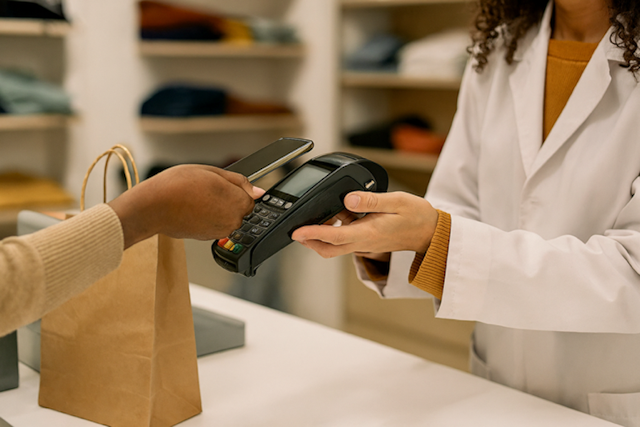
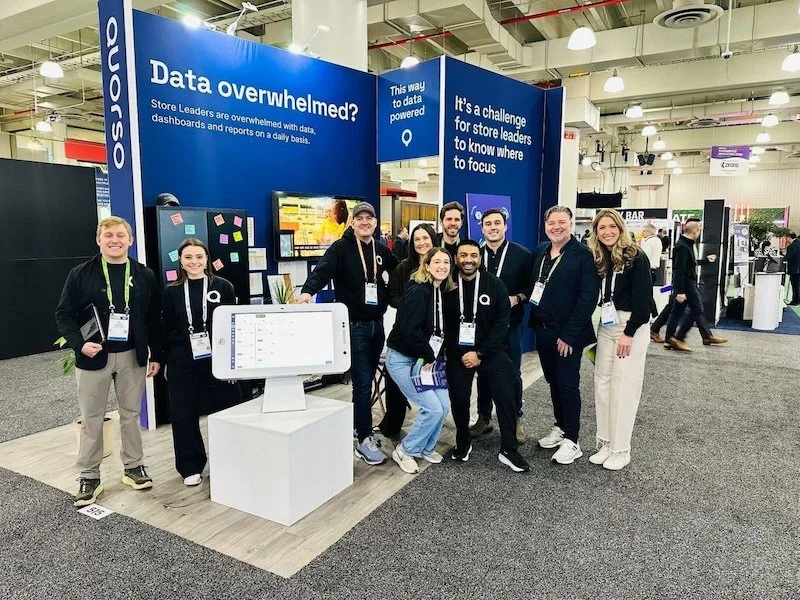
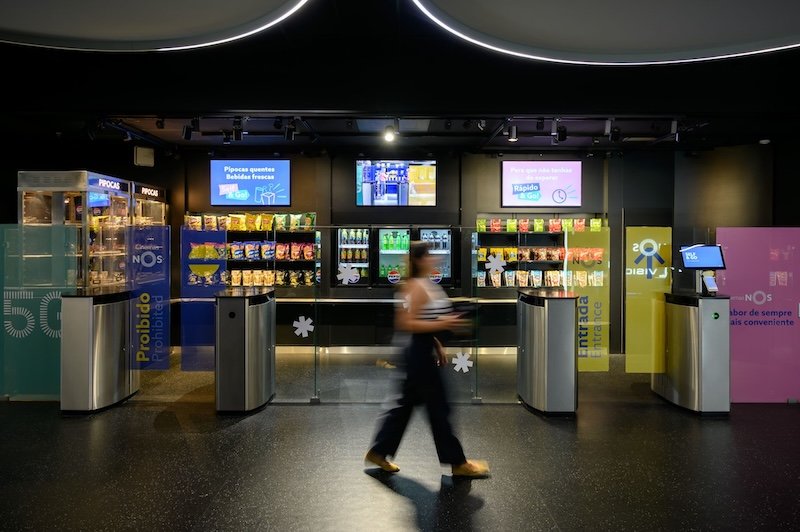
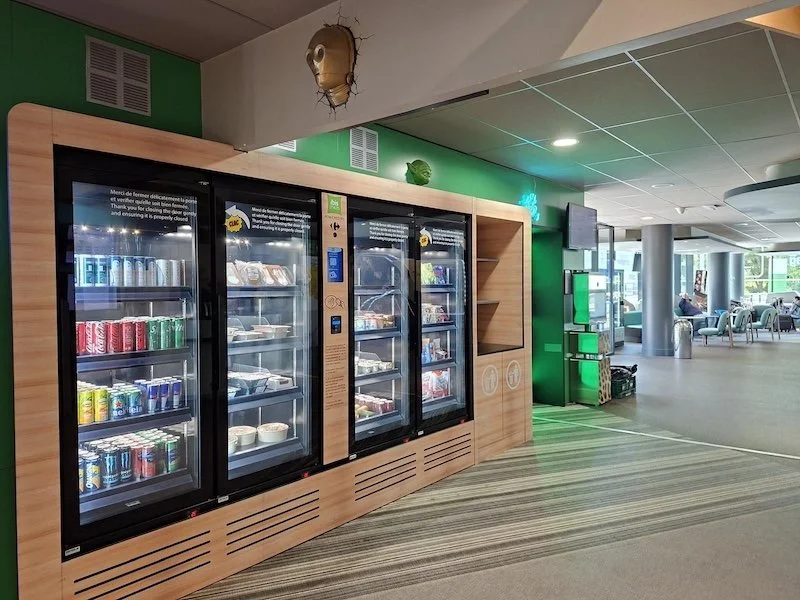


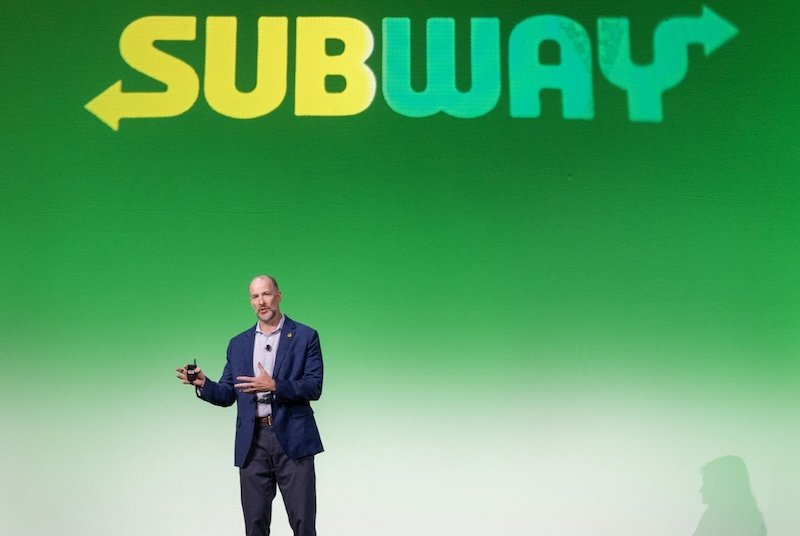

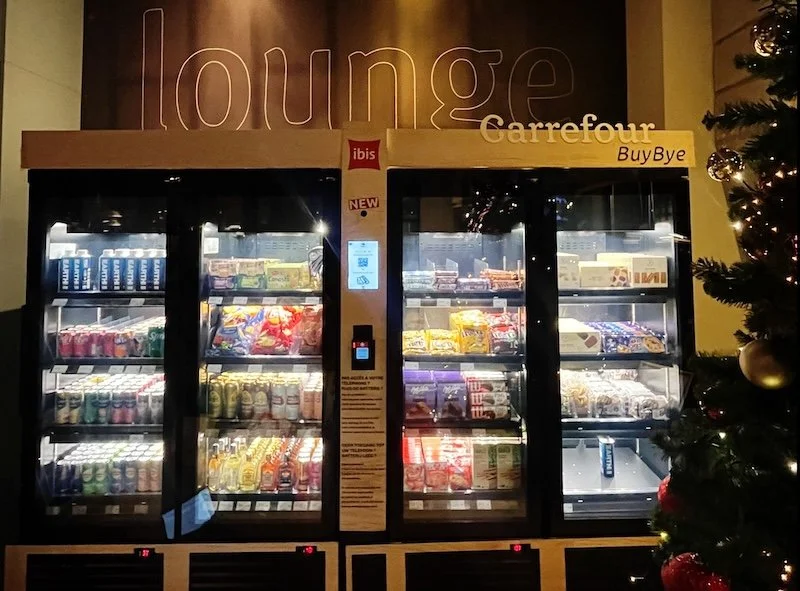





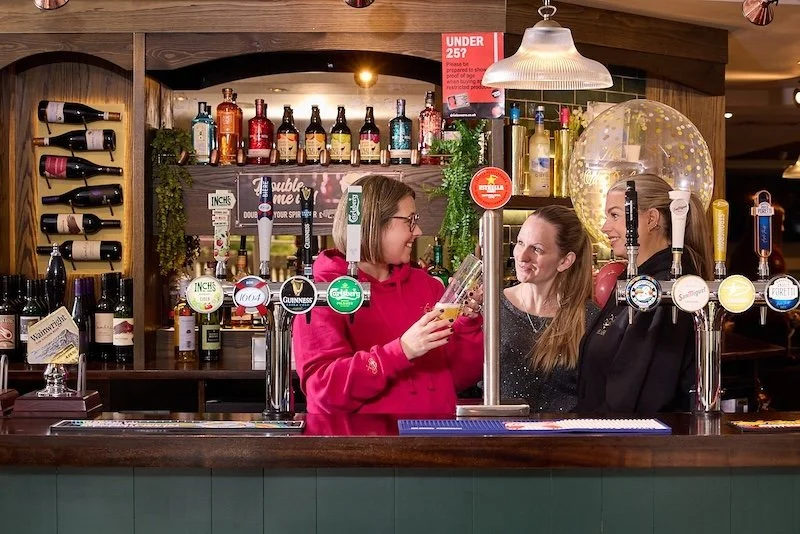















Continue reading…